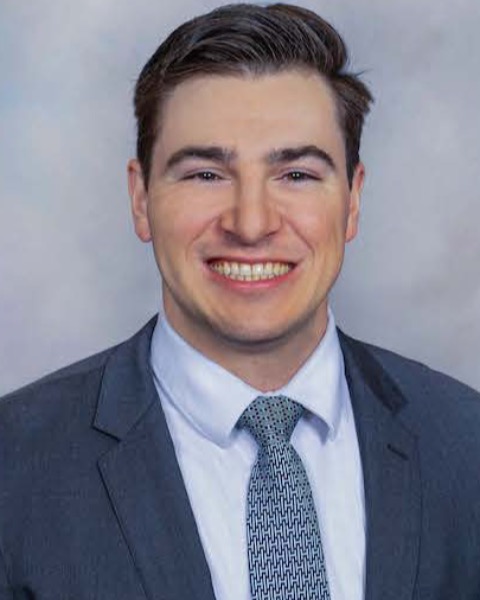Melanoma
E308: Sentinel Lymph Node Biopsy for Desmoplastic Melanoma: More Frequently Performed and Less Likely to be Beneficial

Joshua M.V Mammen, MD PhD
Professor of Surgery
University of Nebraska Medical Center
Omaha, Nebraska, United States
Joshua M.V Mammen, MD PhD
Professor of Surgery
University of Nebraska Medical Center
Omaha, Nebraska, United States
Joshua M.V Mammen, MD PhD
Professor of Surgery
University of Nebraska Medical Center
Omaha, Nebraska, United States
Jason M. Lizalek, MD
Resident in General Surgery
University of Nebraska Medical Center, United States
Chunmeng Zhang, MD (she/her/hers)
Resident
University of Nebraska
Omaha, Nebraska, United States.jpg)
Collin E. Dougherty, BS
Data Analyst and Researcher
University of Nebraska Medical Center, United States- JS
Juan A. Santamaria-Barria, MD
Assistant Professor of Surgery
University of Nebraska Medical Center, United States 
Bradley N. Reames, MD MS
Associate Professor of Surgery
University of Nebraska
Omaha, Nebraska, United States- JF
Jason Foster, MD
Professor of Surgery
University of Nebraska, United States
ePoster Abstract Author(s)
Submitter(s)
Author(s)
Desmoplastic melanoma (DM) is a relatively rare subtype of melanoma that tends to develop in sun damaged skin of older individuals. Recent studies have called into question the role of surgery in the management of this particularly immunosensitive variant and the need for lymph node staging. Thus, our aim was to describe the current management of DM in the United States.
Methods: The National Cancer Database Participant User File from 2018-2020 was queried for melanoma patients. Subjects with DM were compared to all other histologies. Descriptive statistics were obtained; Student’s t-tests and ANOVA statistical analysis were performed.
Results:
1,997 patients were identified with DM, out of 180,411 patients with melanoma. Patients with DM were older (71.1 vs 64.5yo; p < 0.001), more likely male (67.5% vs 58.4%; p </span>< 0.001), had greater Breslow thickness (4.90 mm vs 2.19 mm; p </span>< 0.001), more likely scalp or neck locations (25.4% vs 8.8%; p </span>< 0.001), more likely pT3 and pT4 stage (22.5% vs 4.5%; p </span>< 0.001), and less likely Tis (0.4% vs 28.7%; p </span>< 0.001). Patients with DM had more sentinel lymph nodes (SLN) examined (1.70 vs 0.84; p </span>< 0.001), had fewer positive SLN (0.10 vs 0.28; p </span>< 0.001), had a lower percentage of patients with positive sentinel lymph nodes (7.0% vs 20.1%; p </span>< 0.001), and more likely to have SLN biopsy (64.7% vs 32.5%; p </span>< 0.001). When a SLN biopsy is performed, no difference was found in the number of SLNs examined (2.61 vs 2.56; p </span>= 0.37). Also, when one SLN is positive, the number of positive lymph nodes removed was not significantly different (1.47 vs 1.37; p </span>= 0.36). The tendency to perform a completion lymphadenectomy is not significantly different between DM patients and patients with other subtypes of melanoma. Despite lower rates of sentinel node positivity in cases of DM compared to other melanoma variants, patients with DM received SLN biopsy at a significantly higher rate. This difference is only partially explained by higher rates of scalp and neck involvement, as well as greater Breslow thickness. The study suggests the need to further tailor SLN biopsy in DM.
Conclusions: Learning Objectives:
